I’ve been crocheting a lot lately with the colder weather. It is a chilly 15C at our place today! How is it at your place? Summer or Winter?
When I crochet, I inevitably make mistakes. Mistakes are a part of learning and even after you’ve been crocheting for ages you will still make errors at times.
Some errors you make because you don’t know better. Perhaps you don’t know the crochet stitch very well, or haven’t done the pattern before.

Some errors are due to being tired or not concentrating on your work. This happens to me at night when I try to work on a complicated pattern or a new project after a day of wrangling kids or writing.
Sometimes though you can’t quite work out where you’re going wrong. You seem to be doing everything right but still your yarn is tangling or your project looks wonky.
Have you had that happen?
I thought today I’d share some of the mistakes that I seem to be making recently in the hopes that they might help you improve your crochet too.
1. Not Being Consistent
No matter which part of your crochet project you are working on, if you want it to look the same as another part of the project, you need to be consistent about what you do.
For example, if you want the edge of your ripple blanket to be straight, you need to consistently do the same thing at the end of each row – the same number of stitches finishing in the same part of the stitch and the same number of turning chains going to the next row. There may not always be a ‘right’ or ‘wrong’ way to finish the row but if you do it the same thing each time then it will look great.
The same goes for making two arms or legs of an amigurumi the same size, or having the colour changes in your granny squares look the same. Pay attention to being consistent, for big things like how many stitches per row, to little things like where you put your hook in to create a new stitch.
2. Forgetting to Count
I’m lazy. I often try to get away with not counting my crochet stitches. OFTEN. But I know in my heart of hearts that in order to make some crochet projects work, I MUST count.
I demonstrated this perfectly recently when I was working on my C2C squares. See the odd one out in my picture above? I didn’t count as I finished the first denim blue section to make sure that there were 5 rows and instead there were only 4. When I got to the next denim blue section – past the red and the stone and the other red rows – I realised my mistake! I could have frogged at this point and pulled out those rows but instead, I chose to continue and have a smaller square. I’ll make it into a cushion.
More importantly, I reminded myself to COUNT!
So if you’re thinking something isn’t quite right with your crochet, go back and count the stitches. Perhaps you’ve dropped one or added one without realising. It is easy to do!
3. Using the Wrong Hook Size
The crochet hook size that you use for a project will make a big difference to the size of each stitch and then to the overall size of the project. In some cases, it is really important to get the sizing right so you must use the correct size hook.
You also need to make sure that you don’t change your hook size in the middle of a project. I currently have 3 crochet projects sitting on my couch and two of them are using the same size hook – in fact, the same hook. So when I change projects, I take the hook to the other project. When I come back to the first project, I need to make sure that I have the right hook or my stitches are a different size and the whole project will be out of whack. I had to spend 10 minutes the other day trying three different hooks on a blanket I hadn’t worked on for a while to decide which one was right! That’s 10 minutes I could have been just crocheting. Sigh.
I had to spend 10 minutes the other day trying three different hooks on a blanket I hadn’t worked on for a while to decide which one was right! That’s 10 minutes I could have been just crocheting. Sigh. But it was worth it to make sure that my blanket looks right at the end.
If you ever need to work out which size hook you were using, stitch 10-15 stitches with the hook you think you were using and compare how they look with the previous section of stitches. If they seem smaller or larger, unravel the stitches and try again with the next size up or down in your crochet hook collection. Keep trying hooks until you find the right one to continue.
4. Mixing up U.S. versus U.K. Crochet Terms
The internet is awesome and there are lots of free crochet patterns available online but watch out for this little error. Some patterns will use U.S. crochet stitches while others will use U.K. terms. For some projects, it doesn’t matter. For others, it will make a big difference. Different crochet stitches are taller or shorter than others so if your pattern relies on changing the height of the stitches to create texture or design, it is super important to make sure you’re doing the stitch that the pattern writer intended.
Many patterns will tell you in the opening instructions. If in doubt, just send a message to ask the pattern maker.
If I want to check how to do a particular stitch, I search on YouTube for a quick video refresher. This set of videos from HopefulHoney is a great place to start.
5. Changing the Tension
The tension of your crochet is how tight it is. If you hold your yarn tightly while you are crocheting, you will get tighter, smaller stitches. If you hold it loosely, you will get loose, big stitches. The trick is to find somewhere in the middle that is comfortable to crochet and creates a nice even result.
Think about how you hold your yarn. Do you wrap it around a finger? Do you weave it between a couple of your fingers? Both of these methods will create a little bit of tension on the yarn and help you as you’re forming your stitches. Play around with what feels comfortable and allows the yarn to feed through to the hook as you work. After a while, you will find your ‘happy place’ for crochet tension. Some people naturally crochet tighter or looser and that’s fine. Just find how you are comfortable.
If your work is too loose, try wrapping the yarn around a finger so it has a little bit more tension on it as you work.
If your work is too tight, try to loosen more yarn from your ball as you go along and let it slide through your fingers more.
Getting your tension right is mostly about practice.
I hope reading about my mistakes has helped you to improve your crochet. If you are looking for some online classes or lessons, try CreativeBug, or my current favourite, the IdealMe Crochet U.
More Crochet Tutorials
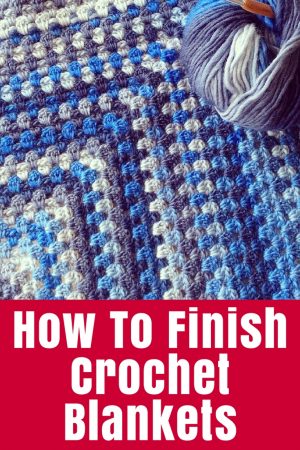
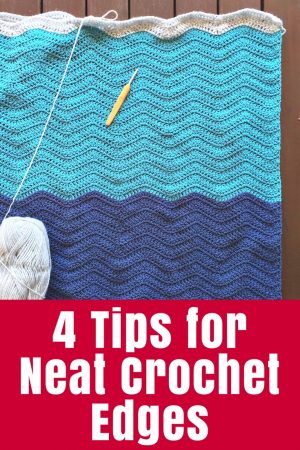

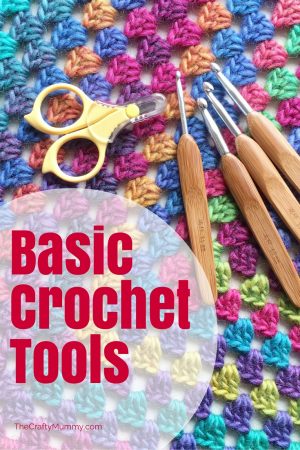
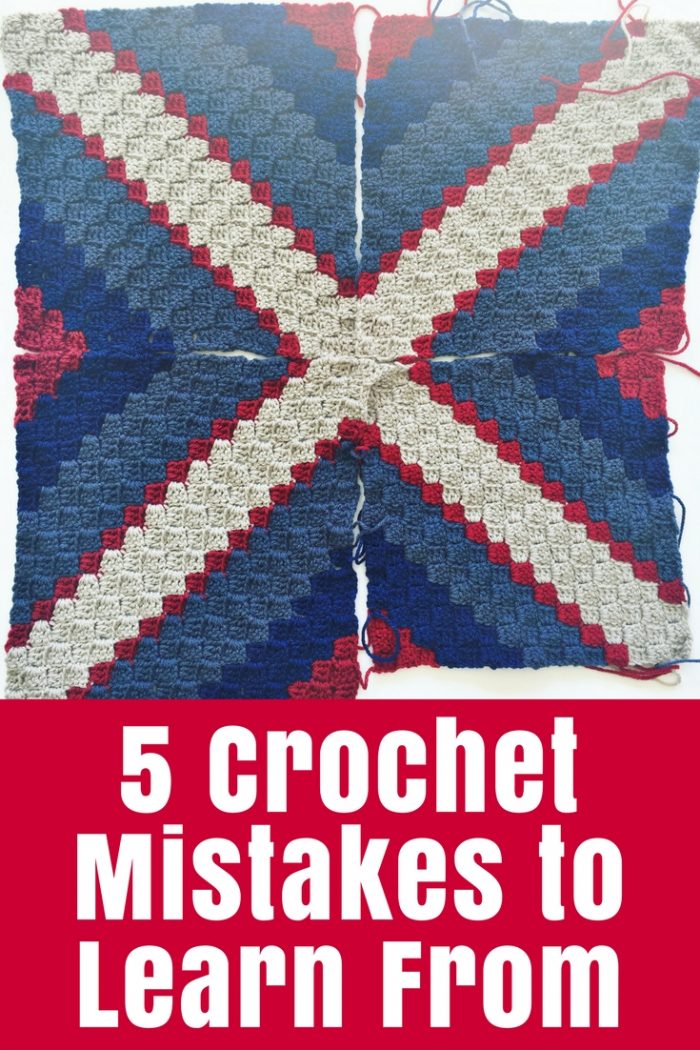
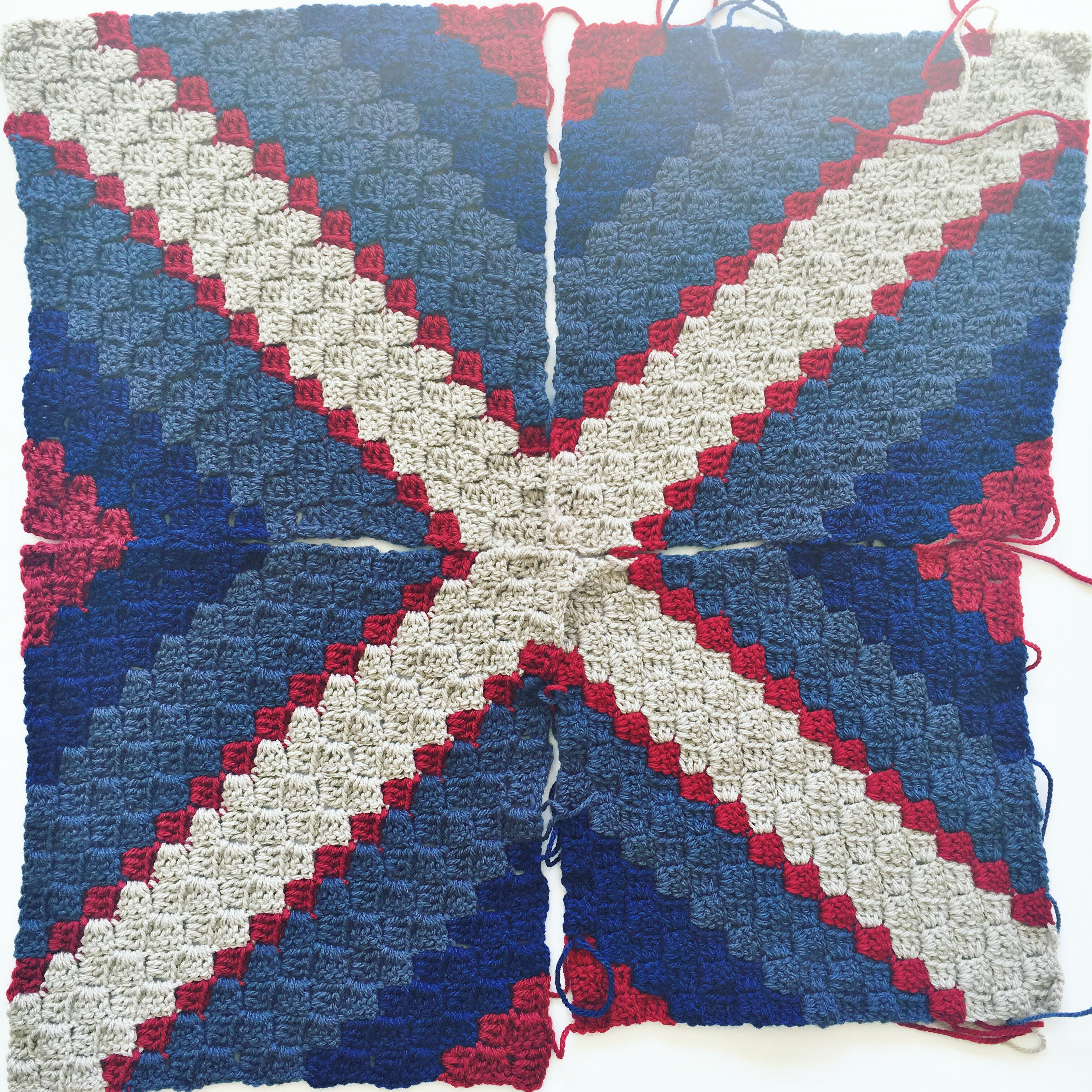
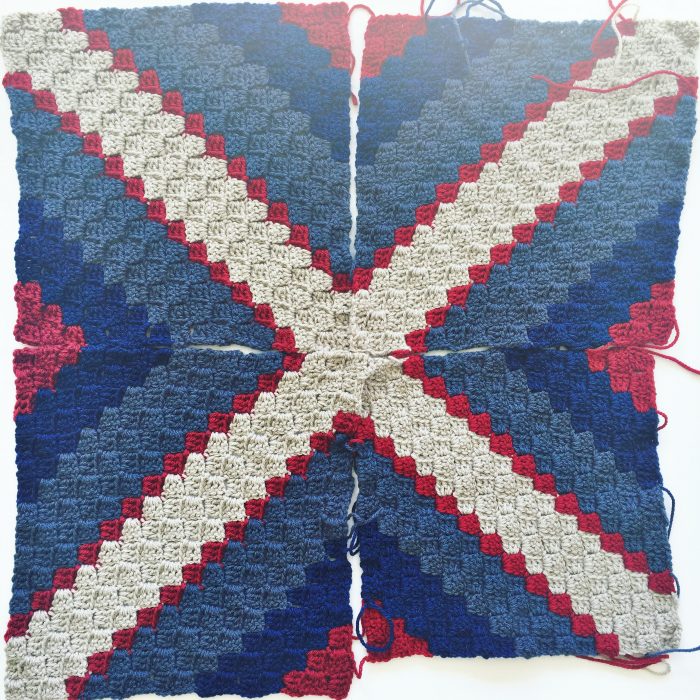
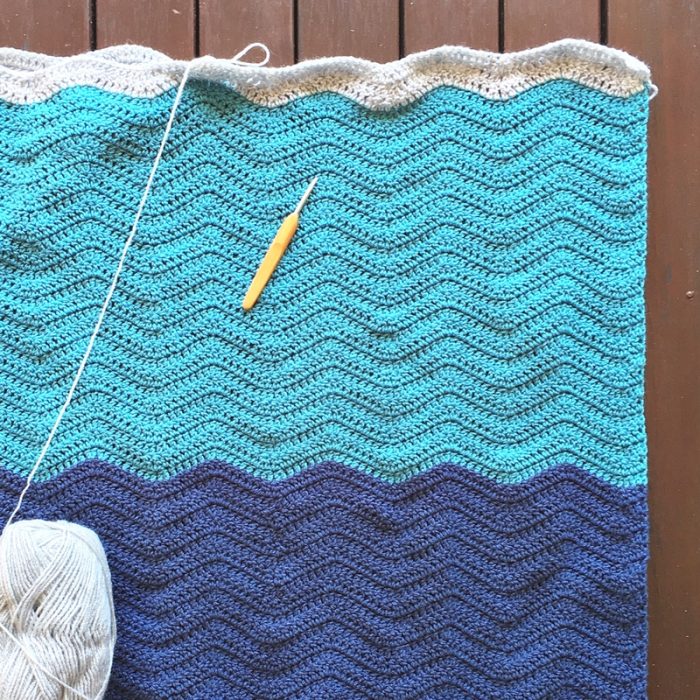





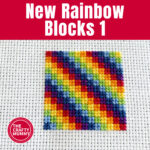






Very good woork. Congratulations!
I have a doubt: How to change the yarn in a colored square ?
sometimes when I take a break from crocheting, and put it up for awhile, I will leave my hook in my yarn, that way I won’t have to take time out trying to figure out next time what hook I had used when I start crocheting on my project again. Love the afghan you are working on. I live in US in a state called Oklahoma, here the weather has been around 100 degrees give or take a degree or two. I am not sure what 15c is, but it sounds cold. We are in our season of summer here.
Hi Tonya, I try to remember to take a photo of all the yarn, with the hook and picture if I have one. I have the Clover Soft touch hooks and they are really easy to mistake for each other. They are not different colors like some hooks. If I can get away with it, I just use my H for everything, it is the most comfortable in my hand.
I am guilty of each one of these mistakes. It’s good to know I’m not the only one, lol. Thanks for sharing!
My problem is that I am left handed. So sometimes I have to rework some patterns. I’ve even tried right and I still do it backwards. Do you have any ideas for me,to help it to be easier? Ty
Debi Shindeldecker